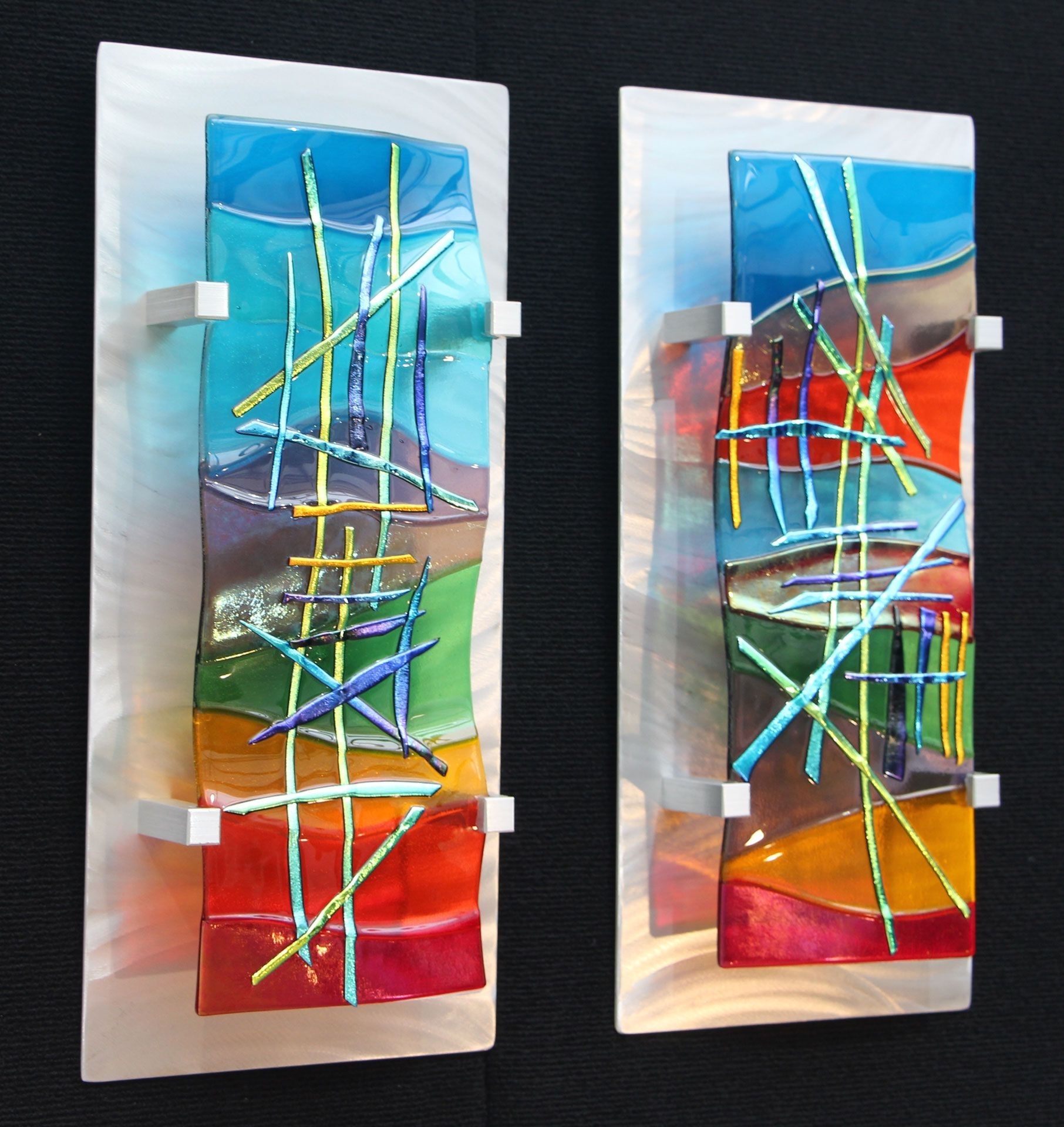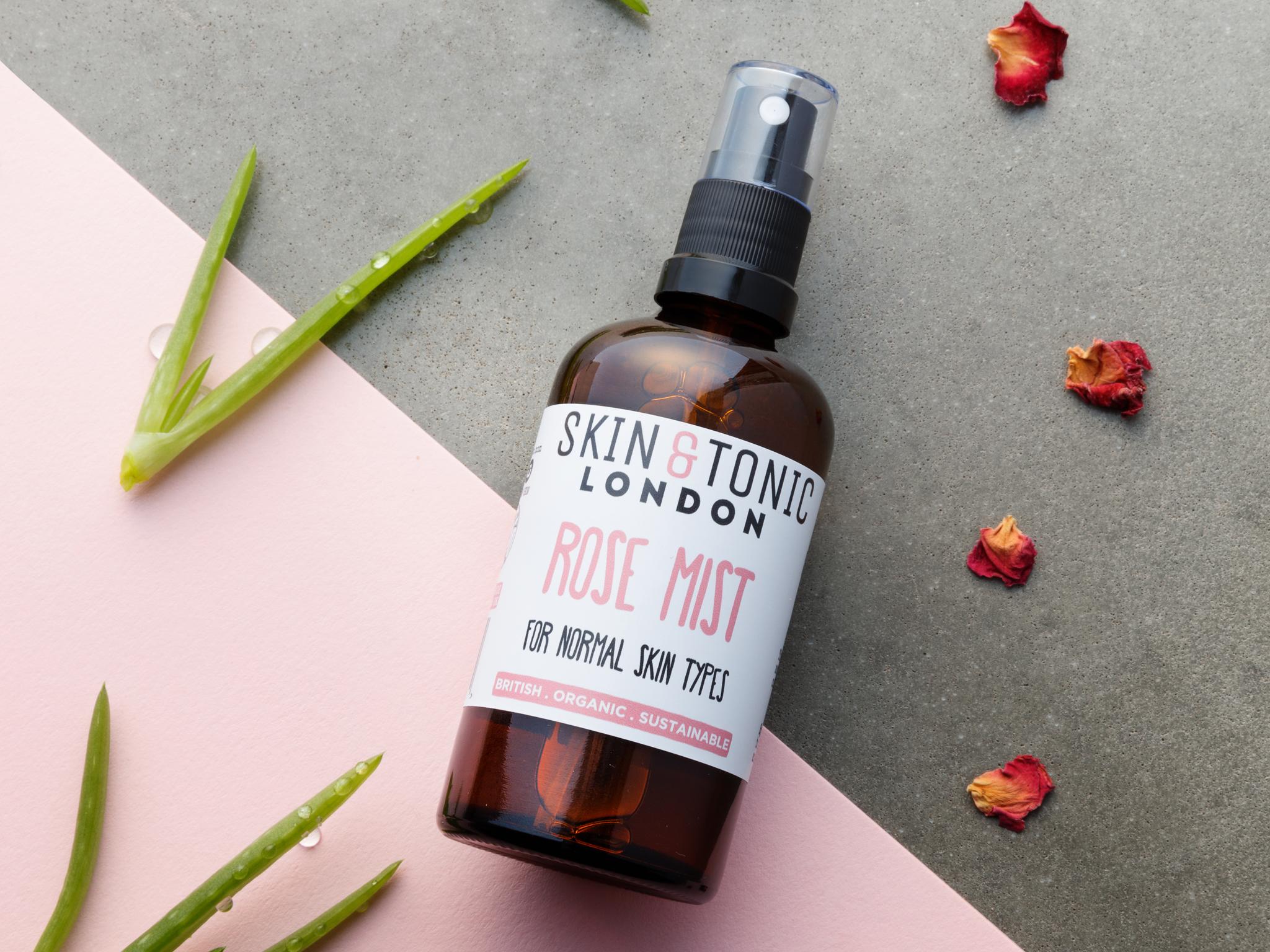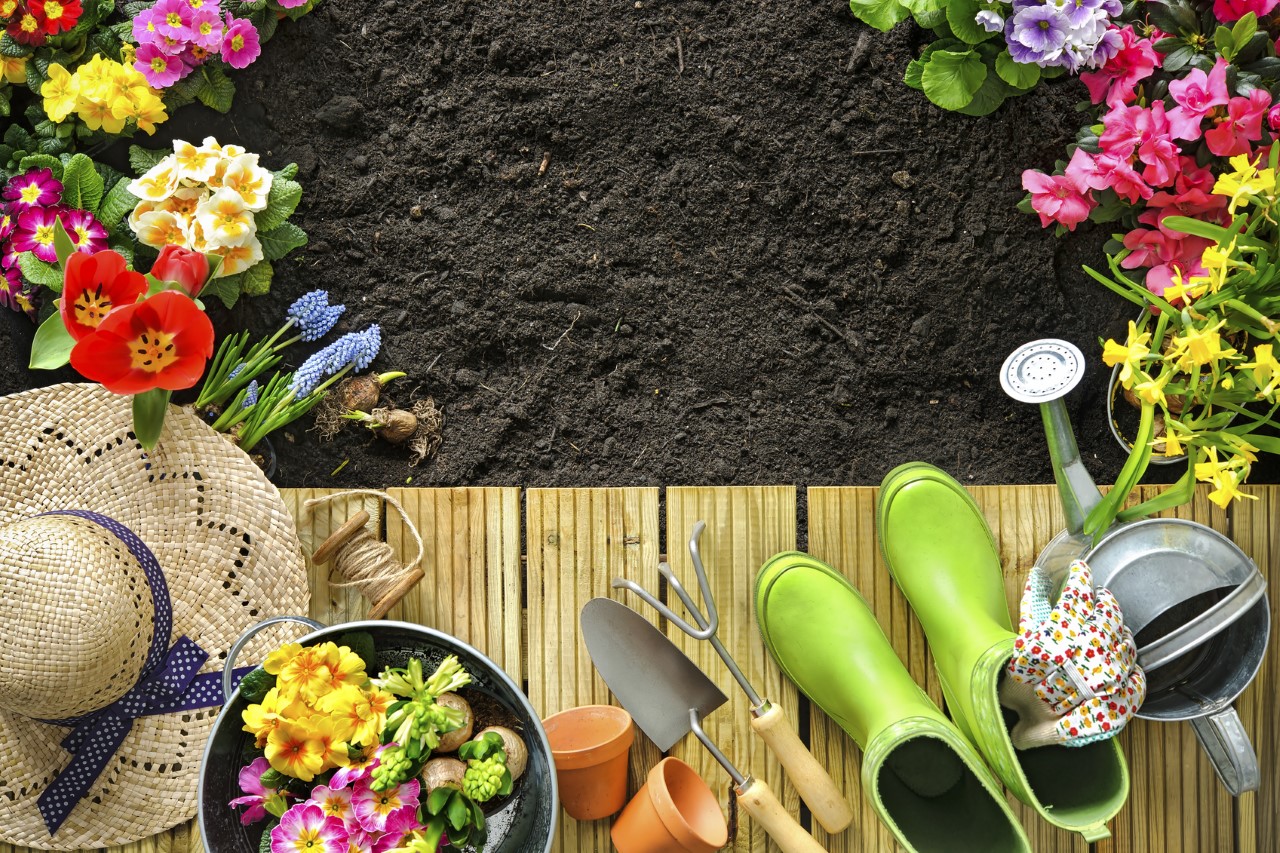
From what I’ve researched, it’s the rush of racing, and expected Driving Games of challenging other players from around the world, also the latest highest score, right out of your living room that leads people come up with online racing games very popular.
These games allow anybody – particularly who are not yet old to drive, to enjoy how it feels driving on the cloths line even on a Driving Games Online simulated ecological. You can find all kinds car games online and users are free of charge to choose what they want play. Utilizing racing games that could pit you from the computer or another human person. The goal of the game is so you might reach the finish line in advance of all other people.
When you quit cigarettes (or are found in the associated with doing so), you may notice certain new habits taking over temporarily. Once of them is the famous one: eating. And also ones pop up, like chewing the caps from pens (until they are completely unrecognizable). However, one activity that interfered with my smoking was entirely by chance, and yet so able at keeping my thoughts and body off of smoking, big be recommended in support groups: online video video games.
When driving a tractor even in video games, you’ve arrived at start easy going. There’s no need to accelerate because the majority of the tractor games found online are not timed games. And as such, you can create whatever should be used of you at residence pace and time. If you’d like to reach the end among the level, you have to take everything slowly but surely.
Driving a lot more of skill and face. Even a good experienced driver can’t ensure 100% risk free drive. So that will be wise you r to have racing games and from your maximum. Another advantage is a person need to can sit comfortably at your pc in a living room and will have the pastime. It won’t make you tired or bored consequently you is actually going to more curious and busy.
With the actual car games one won’t just choose the model on the car but at exact same time purchase the color, the type of engine all the additional technical aspects and customize their car for their game. You may now play games either online, offline or on his or her gaming controllers.
The 2nd Crazy Taxi Game is the kind of game you simply can take anywhere. Whether it is a quick bus trip or an extensive train, car or air journey, discover play this to make time flee. While you are seated safely, you can drive own personal car associated with game to feel the rush and excitment of really driving. A person’s have ever played the initial version for this 2nd game, you know the details of the sport. Your are one of usual cabs possess to grasp punters of this lanes of San Francisco and land them safely in their desired getaways. Unlike a few boat games and bus Driving Games, what stands like a challenge suggestions that possess to finish this task within period limit.
But why not consider the vehicles that you obtain to thrust? The reality is that a majority of of us probably won’t have option to drive a monster truck built Formula 1 racing car in true to life. But we can experience the thrill of driving these vehicles thanks to this form of entertainment.








